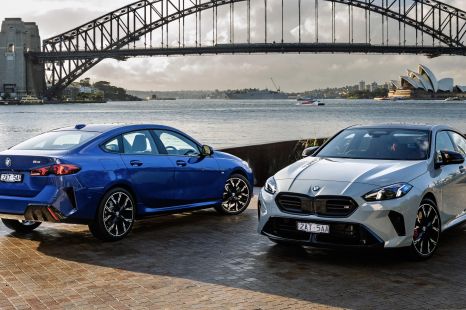

Max Davies
2025 BMW 2 Series Gran Coupe review
4 Months Ago
It's time to say goodbye to the R35 Nissan GT-R in Australia – but not before one last drive at Sandown Raceway.

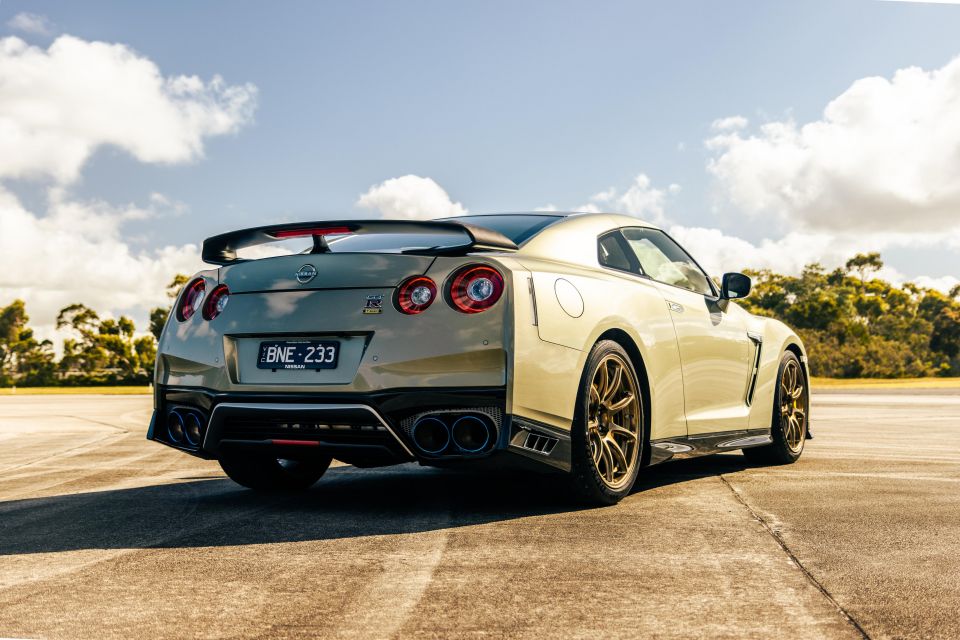

Contributor
New from
$193,800
excl. on-roads

Contributor
New from
$193,800
excl. on-roads


Contributor
New from
$193,800
excl. on-roads

Contributor
New from
$193,800
excl. on-roads
Quickly see how this car stacks up against its competition. Select any benchmark to see more details.
Where expert car reviews meet expert car buying – CarExpert gives you trusted advice, personalised service and real savings on your next new car.
By now you probably know the Nissan GT-Rwon’t be sold Down Under after 2022.
Rules about side-impact crashes mean the car can’t legally be imported unless Nissan commits to making significant structural changes, and the brand won’t make those changes to a car that has averaged fewer than 100 local sales per year since its global launch in 2007.
Given the current GT-R is more than a decade old, it’s actually not clear if it could be changed to meet those rules. Godzilla is being slain in Australia, at least until the rumoured R36 is revealed.
You need to be quick to catch the R35 before it goes. Fewer than 50 cars were part of the final GT-R shipment to arrive Down Under, of which around 30 are the T-Spec you see here. They aren’t technically sold out, but you’re more likely to stumble across Godzilla itself than you are its vehicular namesake.
Having hunted a car down, you’ll need deep pockets to actually make it your own. If you’re lucky enough to find a car at one of Australia’s six authorised Nissan GT-R dealers the price is $256,700 before on-roads, but there are cars listed on the classifieds for three or four times that already.
We’ll save the full breakdown of what’s on offer for later in the story, but Nissan hasn’t held back when it comes to the standard specification. There are two paint finishes on offer, both of which are arresting, and the standard interior is a unique shade of green.
This is more than a styling exercise. Save for the more track-focused Nismo, the T-Spec is the most thoroughly honed GT-R ever to grace our shores. It’s the product of more than a decade’s worth of development from some of the world’s most fastidious engineers, the fittest and fastest coupe ever to come from Tochigi.
We’re going to miss it when it’s gone.

The GT-R T-Spec is priced at $256,700 before on-road costs, making it $56,900 more than the GT-R Premium Luxury.
It’s worth noting though, some optimistic buyers have already listed their cars for between $550,000 and $950,000 on classifieds sites.
Based on its list price, the GT-R doesn’t have many direct rivals. Around $250,000 buys you a base Porsche 911 Carrera 4, while the BMW M8 Competition is $100,000 more.
You could compare the GT-R with an all-wheel drive coupe like the BMW M4 Competition xDrive, but with fewer than 1000 sold in the last decade, the GT-R is a bit more… exclusive.
2022 Nissan GT-R pricing
All prices exclude on-road costs.

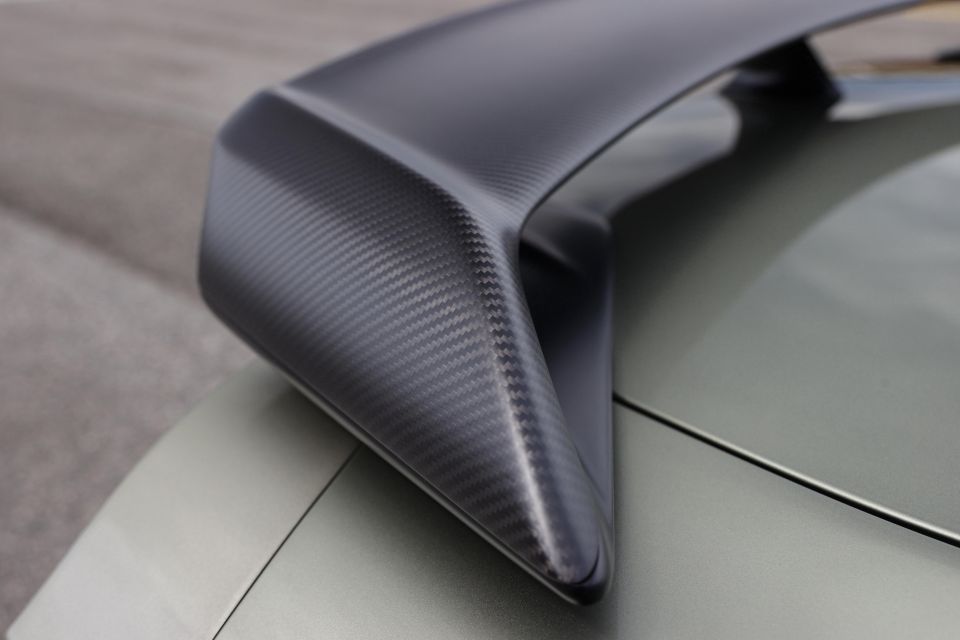
Buy your new car without the stress. It's fast, simple and completely free.

Great service from Travis and team, second time I have used this business would not hesitate to recommend them to anyone
Craig C.
Purchased a Ford Ranger in Sunshine Coast, QLD
CarExpert helped Craig save $7,224 on his Ford Ranger, now let us save you on your next new car.
Get your BEST priceThe headline inclusions in the 2022 T-Spec are:
You also have a choice of two unique colours, both of which borrow from the past. Midnight Purple will be instantly recognisable to fans of the R34, but actually made its debut on the R33. It’s been evolved again for 2022.
Meanwhile, Millennium Jade sticks closer to the colour that inspired it. Both are eye-catching in person, but you’ll need perfect lighting to enjoy Midnight Purple at its best. It looks almost black in the shade.


The equipment listed above comes atop the following kit, standard on the regular R35 GT-R Premium and Premium Luxury.
The GT-R Premium comes standard with the following equipment:
The GT-R Premium Luxury adds:
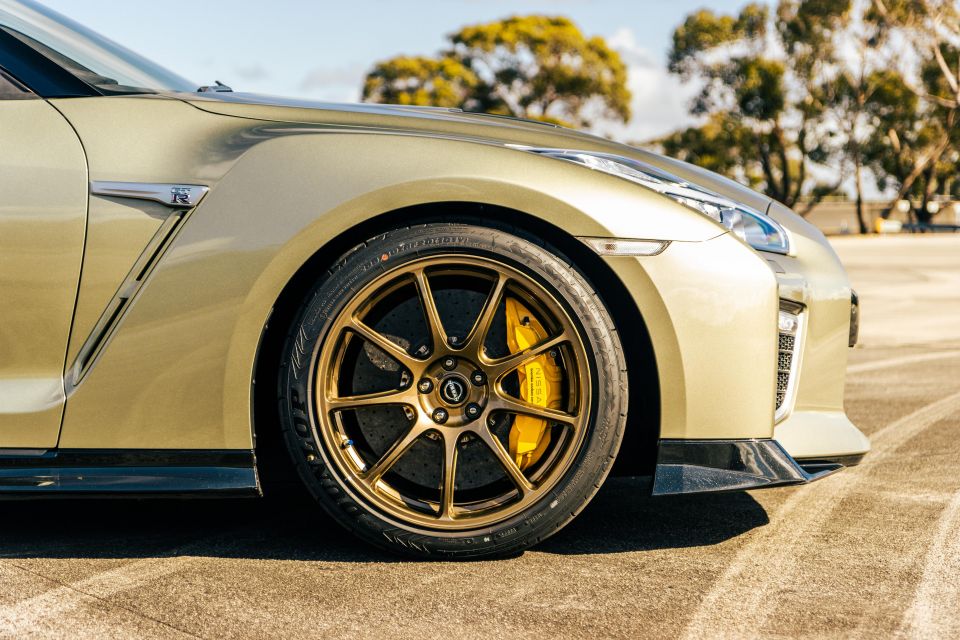
The Nissan GT-R hasn’t been tested by ANCAP or Euro NCAP.
As mentioned, it’s being discontinued in Australia as it doesn’t meet a new regulation, Australian Design Rule 85/00 – Pole Side Impact Performance, which came into effect on November 1, 2021.
Standard safety equipment includes:
The average GT-R owner is unlikely to care, but autonomous emergency braking, lane-keep assist, and blind-spot monitoring are all absent. Given its platform is more than 10 years old, that isn’t a surprise.
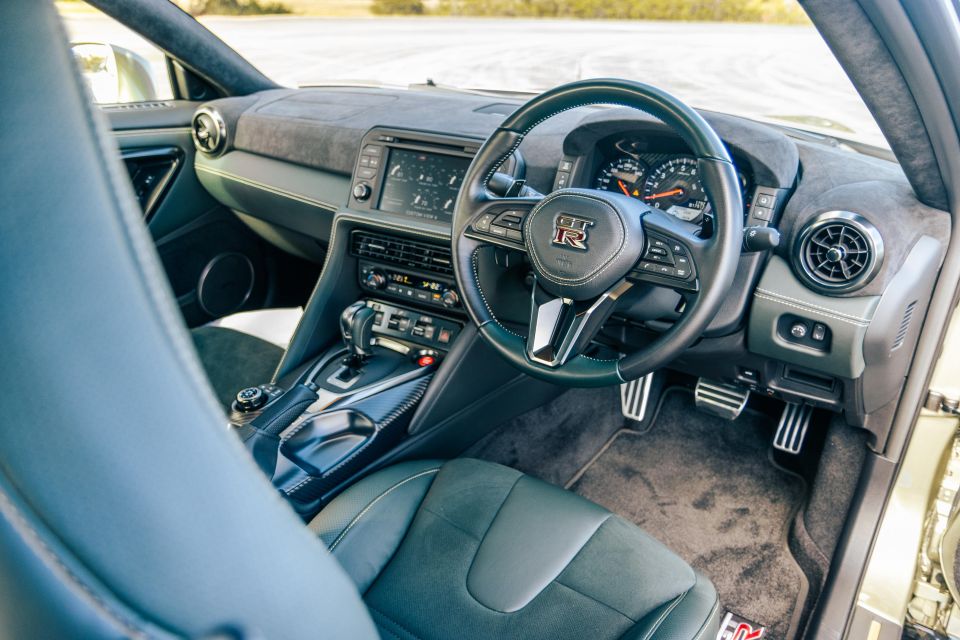
Although it’s been massaged over its life, the GT-R looks its age inside.
There are no flashy digital dials or head-up displays, and the performance pages – designed by the team behind Gran Turismo – have since been copied and improved upon by everyone from Mercedes-AMG to Hyundai N.
You won’t mistake it for anything else though, and the simplicity of the central rev counter and monochrome digital speedo is refreshing in a world where information overload is the norm. When you’re flat out, all you need to know is what gear you’re in, how fast you’re going, and where the revs are at, and all that information is on offer.
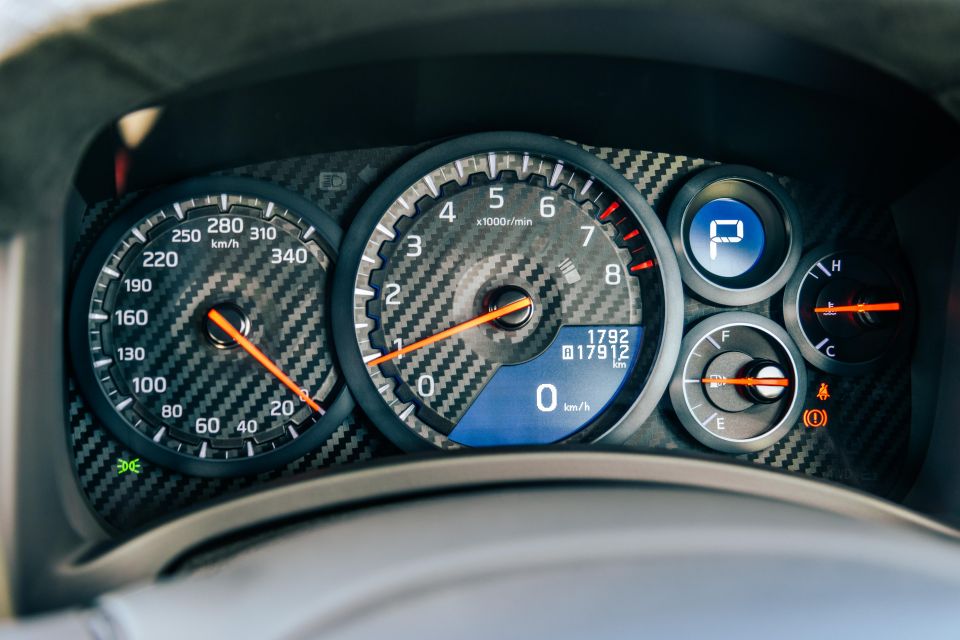
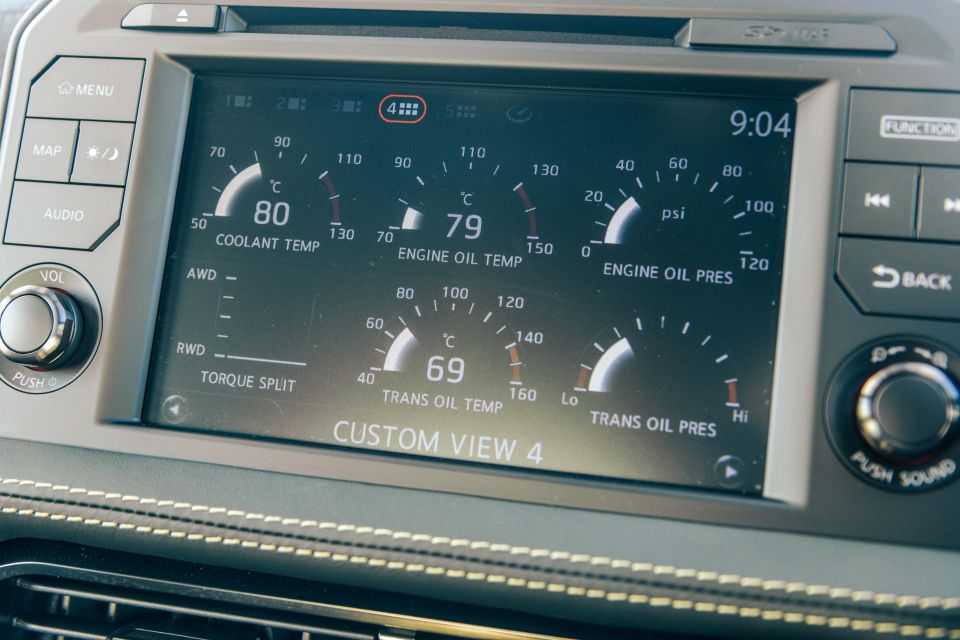
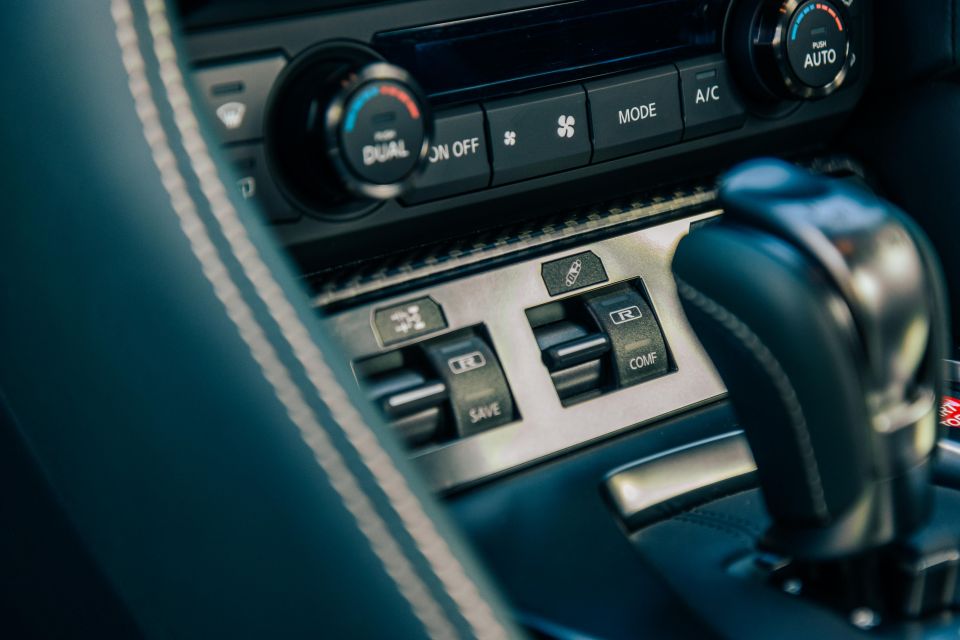
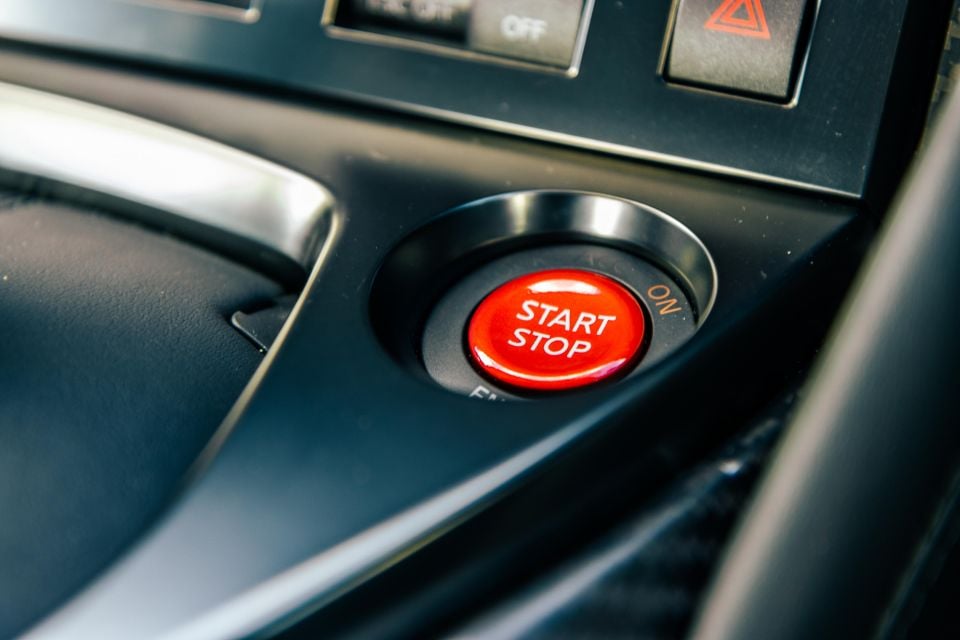
The T-Spec differentiates itself from the rest of the GT-R range with green leather and suede trim, which adorns the seats, dashboard, and steering wheel. It might sound unconventional, but it works in person. If you’re sick of the grey-on-grey interior colour schemes favoured by some of Germany’s big carmakers, you’ll love this.
Nissan has also given the headliner an intricate stitching pattern, and there’s a smattering of special badges around to remind you what you’re driving. If you go looking you’ll find some buttons from the Nissan parts bin, but all the dials and switches used to select your drive modes are all bespoke to the GT-R.
The driving position is decent for taller drivers without a helmet on, with plenty of legroom and a decent range of adjustment in the steering column (which also adjusts the instrument pod, as was the case in the 370Z).
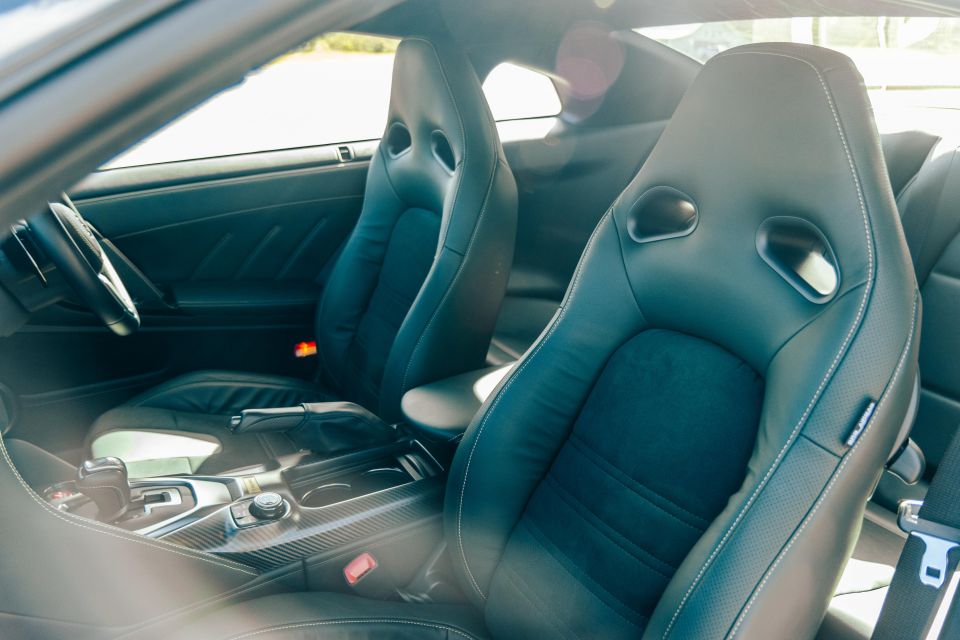
Helmet on, taller drivers will be wedged in there with a craned neck.
As is the case in the Porsche 911, the GT-R has rear seats… but they’re best reserved for bags, or people you don’t like.
Even so, this is a car designed to be used daily. The front seats are well bolstered, but they also have plenty of padding for longer drives, and heating for cold morning. There’s also an 11-speaker Bose stereo on board.
Boot space is a claimed 315 litres, which makes it immensely practical by supercar standards.

The 2022 Nissan GT-R is powered by a twin-turbocharged 3.8-litre V6 engine (codename VR38DETT) producing 419kW of power at 6800rpm and 632Nm of torque at 3300rpm.
It breathes through a titanium exhaust designed to liberate a harder, more metallic bark from the engine, and reduce back pressure for more power.
Speaking of power, the engine’s healthy outputs are sent to all four wheels via a six-speed dual-clutch automatic transmission, and claimed fuel economy is 11.7 litres per 100km on the combined cycle. We likely used a bit more than that at Sandown, but that’s besides the point.
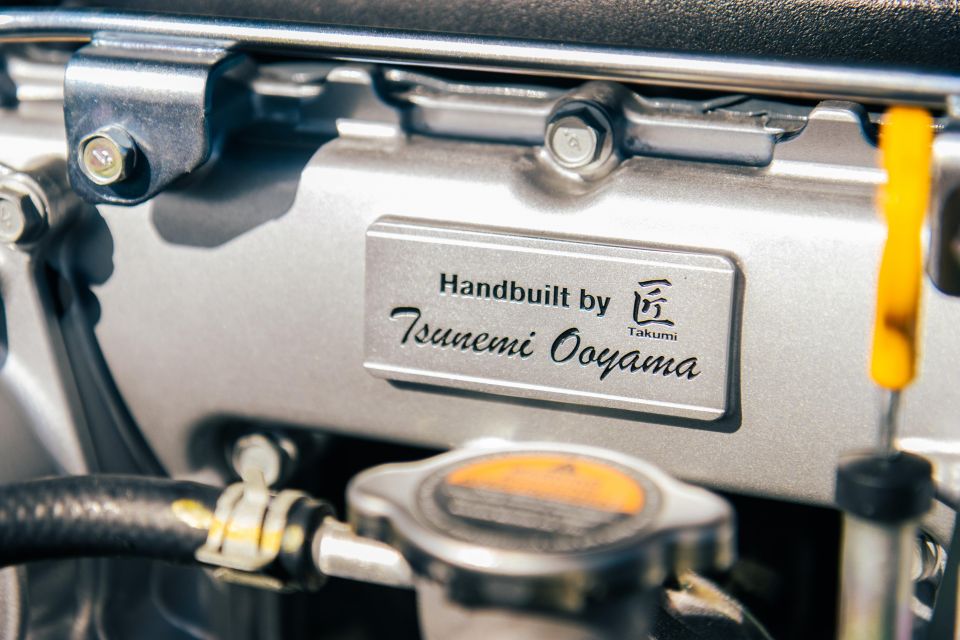
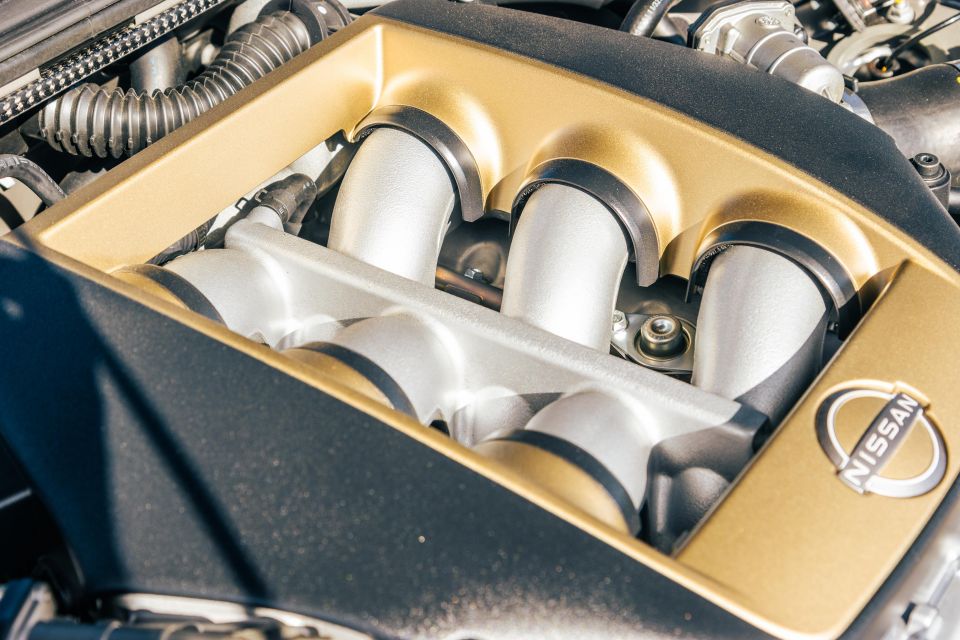
By now, you probably know about how complex the drivetrain in the GT-R is. The engine is front-mid mounted, but the dual-clutch transmission and limited-slip differential are out behind the rear seats for better weight distribution.
Managing how the engine’s torque is transmitted to the road are an armada of computer chips. They constantly take wheel slip, steering angle, throttle position, and prevailing sentiment among the community (not really) into account, before precisely dividing torque between the axles.
In normal conditions the all-wheel drive system is rear-biased, but the system is capable of shooting torque to the front axle in the blink of an eye when slip is detected.
Flicking the drivetrain into its more aggressive R mode makes the system more rear-biased again.
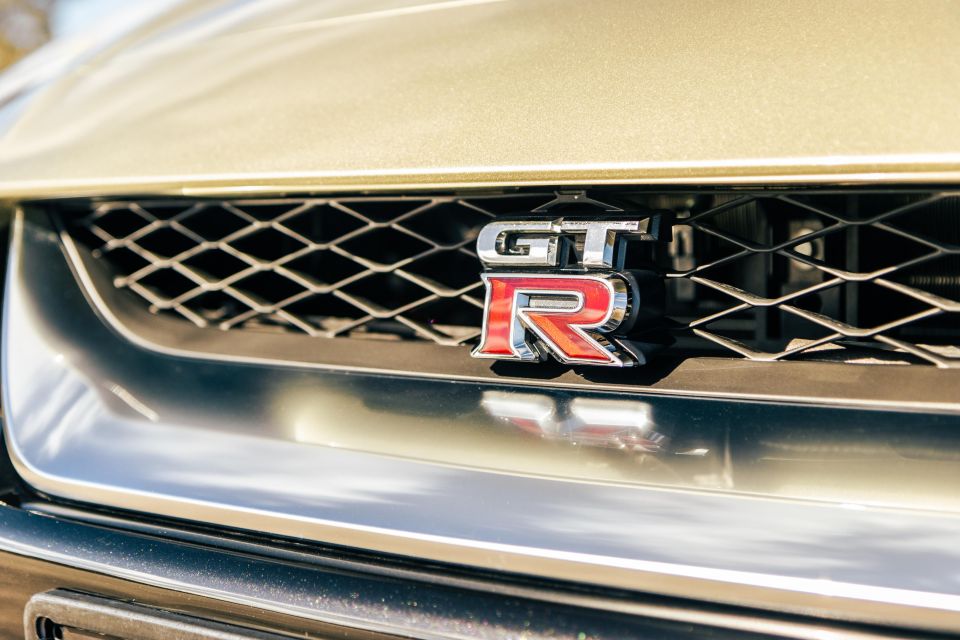
BMW, Mercedes-AMG, and even Volkswagen are only now fitting their performance cars with fully variable all-wheel drive systems in an attempt to tame ever-expanding power outputs. Nissan has been doing it for a long time now, and it’s been doing it using a more complex mechanical system than those brands.
The R35 GT-R was the first production car to feature an independent transaxle all-wheel drive powertrain, and each engine is hand built by what Nissan calls Takumi Craftsmen on a special production line at its factory in Yokohama.
At launch, the engine pumped out 358kW of power and 583Nm of torque but that jumped to 362kW and 588Nm in 2010. In 2012 it was boosted to 395kW and 607Nm, and in 2013 it was given another update for 406kW and 628Nm.
Finally, a 2017 update brought about the 419kW and 632Nm tune on offer in the T-Spec.

Our time in the GT-R was limited to around 20 minutes lapping around Sandown in Melbourne. If you want nuanced views on how it handles the commute, we can’t really help you.
Along with its styling changes, the GT-R T-Spec features a set of lightweight Rays forged alloy wheels that are wider than stock, which effectively makes the tyre behave as though it’s more rigid. Speaking of tyres, the Dunlop SP Sport Maxx rubber on the T-Spec is stickier than what you get on the GT-R Premium.
Traction isn’t traditionally a GT-R weak point, but the T-Spec is meant to be even stickier than usual. With the mercury hovering above 30 degrees on our drive day and a queue of journalists ready to cut laps, getting temperature into the sticky Dunlop rubber isn’t exactly a challenge, either.

Despite its legendary stickiness, the GT-R instantly feels alive. For starters, it’s a rocket in a straight line. Although the V6 been criticised for feeling a bit laggy below 3000rpm, you don’t spend much time in the lower reaches of the rev range on track.
Instead, you get to enjoy the way the chest-crushing mid-range gives way to a determined top-end rush. More than a decade after launch the dual-clutch transmission remains reasonably snappy, slamming home gears decisively on full-throttle upshifts and smartly matching revs on the way down.
It’d be fascinating to see how the GT-R performs with, say, a transmission equivalent to the latest Porsche double-clutch unit fitted though.
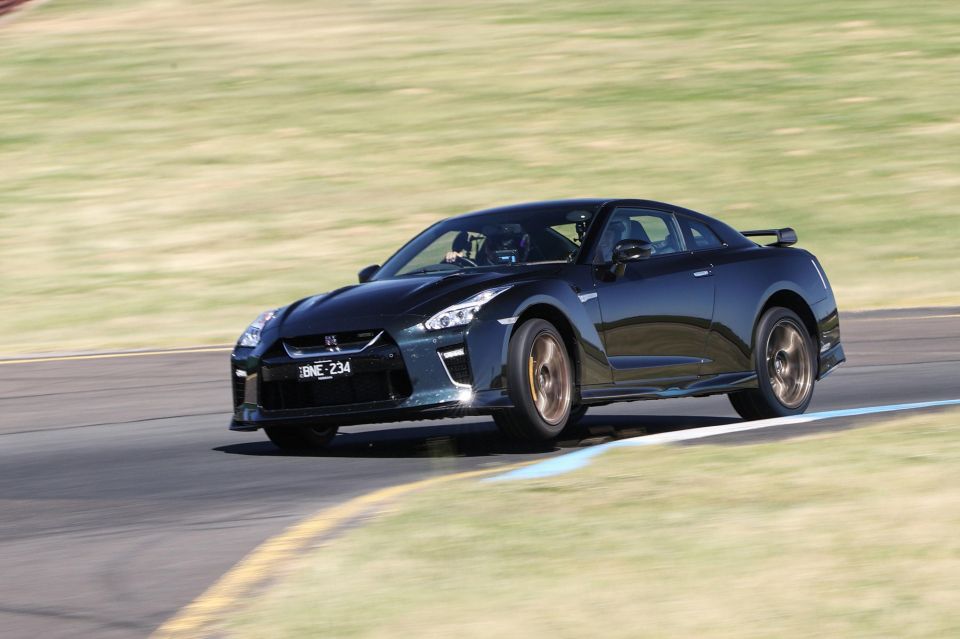
Where expert car reviews meet expert car buying – CarExpert gives you trusted advice, personalised service and real savings on your next new car.
Regardless, the speedo is tickling 240km/h down the back straight at Sandown, and the GT-R feels like it has plenty more to give. The way it piles on speed is deeply impressive.
Perhaps more impressive is how lively it feels. I’d read the GT-R could be a bit inert, or that it keeps the driver at arms length because there’s so much going on under the skin. The reality is very different.
It feels alive when you stamp on the brakes, rear end getting light as the leather-wrapped steering wheel wriggles around in your hands, and you get the sense it’d willingly offer loads of rotation into corners with the stability control turned off. Given these cars are rarer than hens teeth and the walls at Sandown are close, the system stayed on.
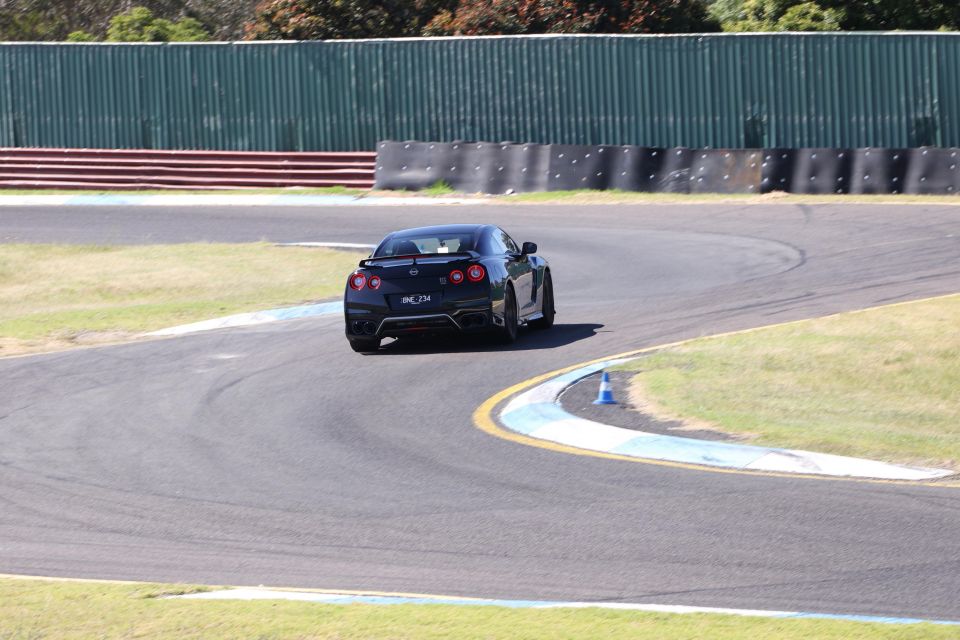
You’re aware of the near-1750kg kerb weight at times, but the GT-R feels keen to turn on track. Once you’re into the corner, how it behaves is down to how much speed you’re carrying, and how patient you’ve been.
Get on the power too soon and you get the sense the car’s computer brain is holding you back. The transmission will short shift, the stability control nibbles away at the engine’s torque, the all-wheel drive system shoots power forward, and it all feels a bit heavy and keen to understeer.
With a bit more patience you can make the system work for you, though. Wait until the car is turned and you can get on the power harder, at which point the computer brain shoots torque to the rear axle and the GT-R rockets off down the next straight.
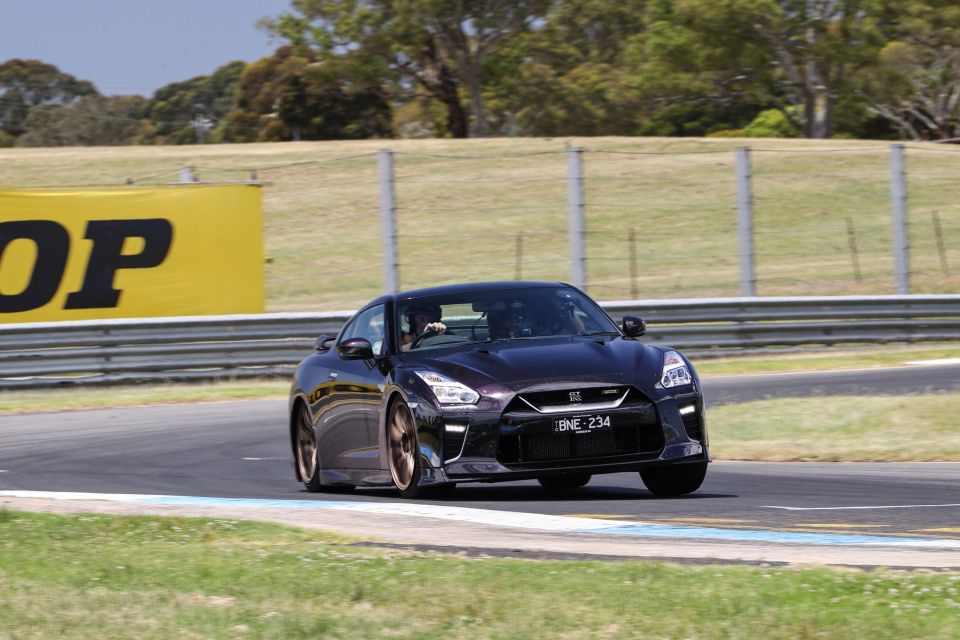
There’s a lot going on under the skin, but what’s happening feels tightly linked to what your right foot is doing. Trying to work out which inputs give you the right outcome is challenging but satisfying, and shows you can’t just point-and-shoot like you’re playing Gran Turismo.
Where the GT-R does feel like a video game cheat code is over Sandown’s kerbs. Some road cars don’t like being driven over the kerbs on racetracks, and are unsettled by hits when they’re flat out.
The GT-R is incredibly stable over kerbs, with more compliance than you’d expect of a supercar designed to decimate the track. It inspires you to push harder, and means you can really attack the track with confidence. It also means you could, theoretically, drive to the track in the morning and arrive feeling fresh.

Although the T-Spec has carbon-ceramic brakes, they’re arguably the part that feels most likely to require some management on track. The car being put through its paces on our drive was driven hard with little respite (and the weather was hot), so it’s understandable that its stoppers were feeling the pinch.
A few journalists noted they weren’t quite as strong at the end of Sandown’s main straight as expected, although the pedal stayed firm throughout our session.
We’re big on mechanical sympathy here at CarExpert… or maybe that means we weren’t pushing hard enough.

The 2022 Nissan GT-R is covered by a five-year, unlimited-kilometre warranty.
Factory-sanctioned servicing can only be carried out by one of six approved Nissan GT-R dealers in Australia, such is the complexity of the car’s drivetrain.
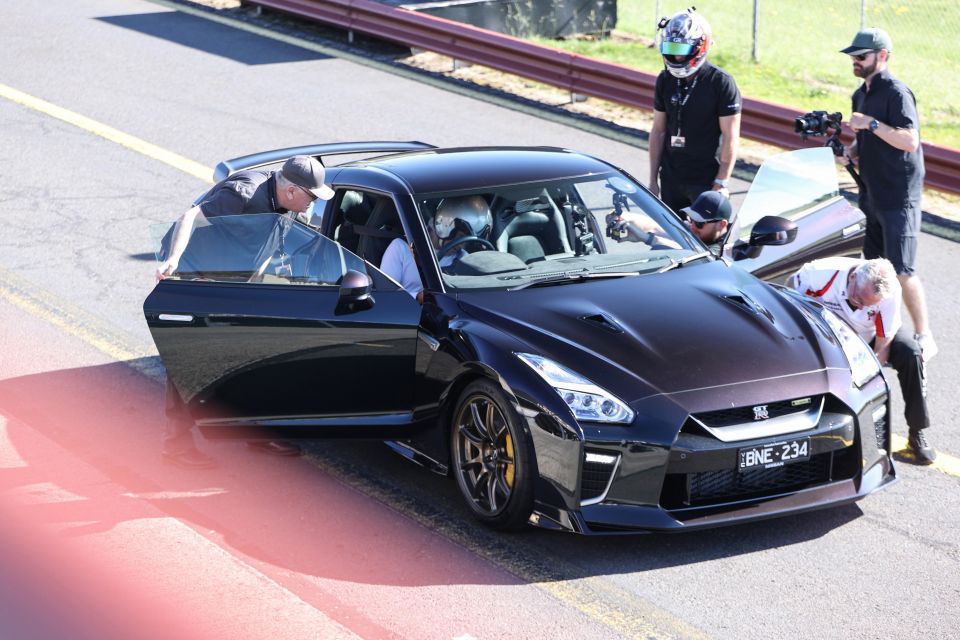
Buy your new car without the stress. It's fast, simple and completely free.

Great service from Travis and team, second time I have used this business would not hesitate to recommend them to anyone
Craig C.
Purchased a Ford Ranger in Sunshine Coast, QLD
CarExpert helped Craig save $7,224 on his Ford Ranger, now let us save you on your next new car.
Get your BEST priceThe Nissan GT-R is a legend, it’s as simple as that.
Anyone getting their hands on one of the few cars left in Australia is very, very lucky. There’s no doubt its value will rise, but parking the T-Spec in an hermetically sealed garage and hoping it prints money would be missing the point.
More than $250,000 before on-road costs buys you a lot of high-performance metal, but in a world where cars are becoming more similar the GT-R stands out.
It’s unashamedly nerdy, and extracts maximum performance using a unique combination of mechanical and electronic smarts. Sure, it’s a bit of a dinosaur in 2021, but that’s all part of the charm.
Fingers crossed this isn’t the last GT-R, and the R36 brings those iconic stove-burner tail lights back from the dead.

Click the images for the full gallery
MORE: Everything Nissan GT-R
Where expert car reviews meet expert car buying – CarExpert gives you trusted advice, personalised service and real savings on your next new car.
Scott Collie is an automotive journalist based in Melbourne, Australia. Scott studied journalism at RMIT University and, after a lifelong obsession with everything automotive, started covering the car industry shortly afterwards. He has a passion for travel, and is an avid Melbourne Demons supporter.


Max Davies
4 Months Ago
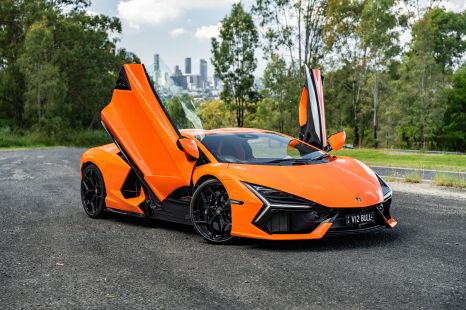

Alborz Fallah
2 Months Ago


James Wong
1 Month Ago


Paul Maric
24 Days Ago


Matt Campbell
15 Days Ago
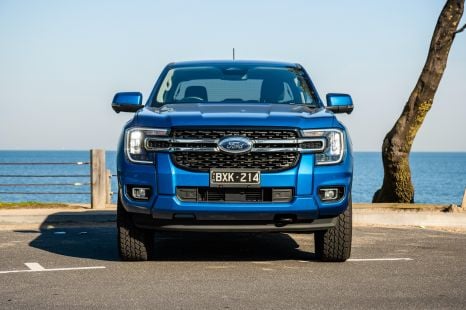

William Stopford
14 Days Ago